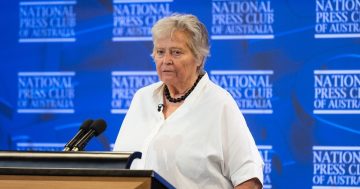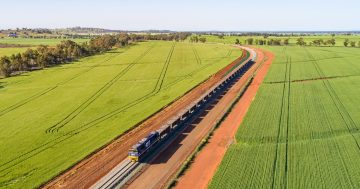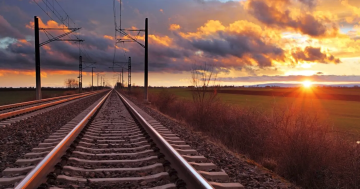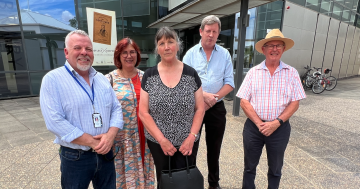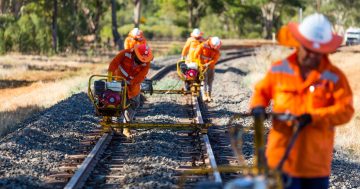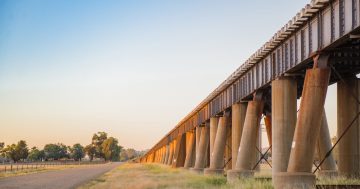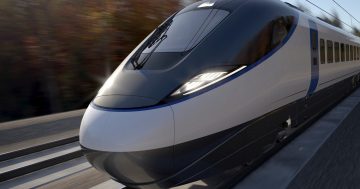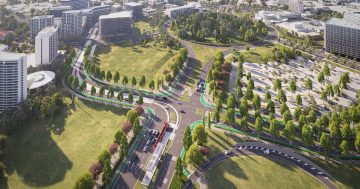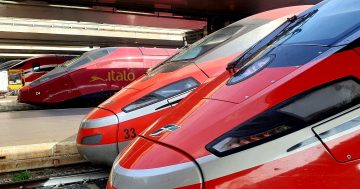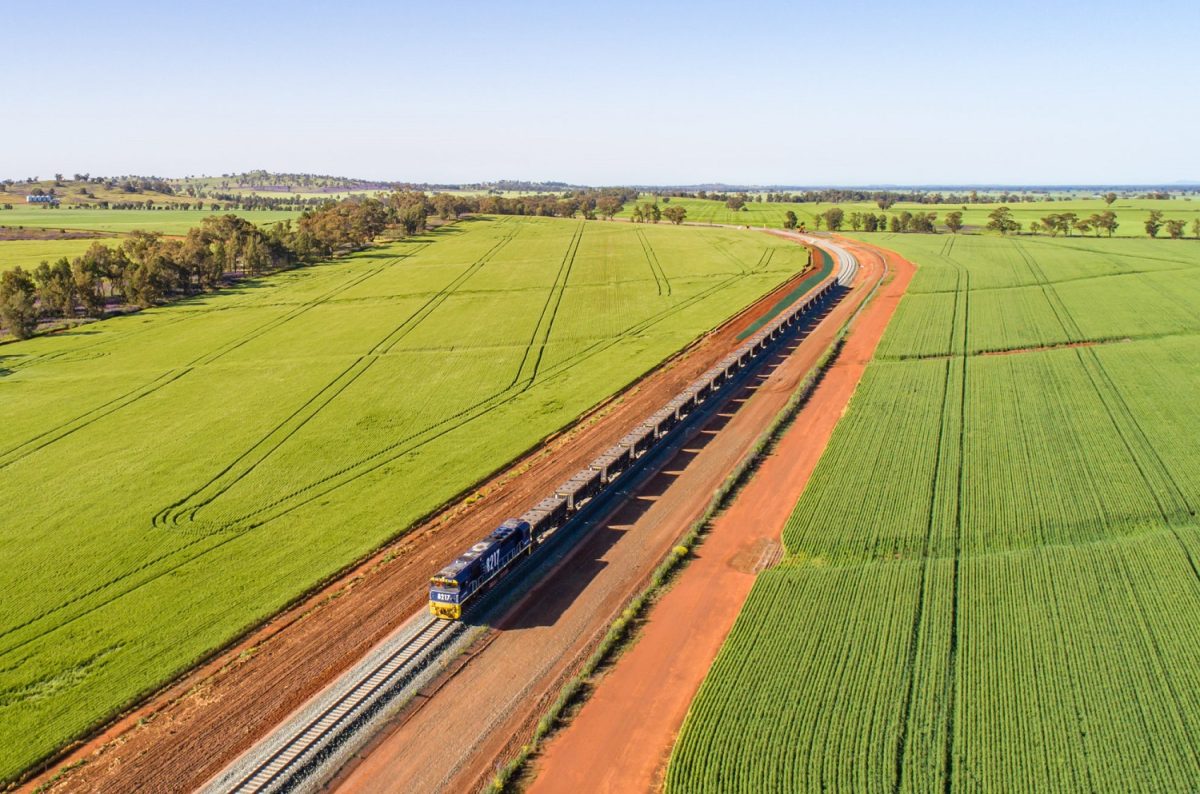
The Inland Rail project scope will be reduced to focus on the Melbourne to Parkes section of the line, although the government says it remains committed to completing the project. Photo: Inland Rail.
The federal government has been forced to reduce the scope of the 1700-kilometre Inland Rail project from Melbourne to Brisbane after a nearly 100 per cent cost blowout.
The Inland Rail project was initiated by the former LNP government with the goal of improving the rail corridor so that thousands of containers can be taken off roads between the eastern capital cities each day. This would not only have the benefit of easing traffic congestion, but would also reduce CO2 emissions by an estimated 750,000 tonnes a year by 2050.
A report authored by Dr Kerry Schott found that the scale and complexity of the project had been grossly underestimated, and that the projected costs had almost doubled from $16.4 billion to $31.4 billion.
Because of the delays, Transport and Infrastructure Minister Catherine King told ABC Radio National on 11 April that the scope within the originally scheduled completion date of 2027 would be refocused on completing the Melbourne to Parkes section of the Inland Rail, in line with one of Dr Schott’s report’s recommendations, while additional scoping studies and land acquisitions would continue for the remainder of the route.
“We’re determined to get this project done, but there is at the moment and according to the review we cannot even be certain about the costs of this project,” she said. “So, we’ve got a lot of work to do frankly to clean the mess up that’s been left to us but also, pardon the pun, to get this project back on track.
“I have to make sure that we prioritise where we begin to see some revenue coming back in for all the dollars that taxpayers have put into this project,” she added.
“So that means, you know, certainly for this term of government we’re focusing on getting it to Parkes by 2027 by concentrating on that area of the build, at the same time continuing to do the planning work, corridor acquisition, land acquisition along the route beyond that.”
In the report, Dr Schott said there were a number of reasons for what she described as a “regrettable situation” for Inland Rail, including the lack of suitable “governance and project management arrangements”.
“The problem is that the Board and its sub-committee do not have adequate skills to oversee this project,” she said.
The report’s 19 major recommendations, all of which the government has said it will carry out, include: addressing the skills requirements of the ARTC Board; filling the position of chief executive of Inland Rail as soon as possible; ensuring that ARTC has governance arrangements to deliver both the Inland Rail project and its business-as-usual operations; and conducting a review of the statement of expectations issued by the shareholder ministers of ARTC.
Despite the government committing only to the Melbourne to Parkes section for now, Dr Schott was adamant that the full project must be completed.
“It’s absolutely essential that this line gets built through from Brisbane through to Melbourne, and its main purpose is to carry freight from the north of our country down to the south,” Dr Schott told ABC Radio National on 11 April. “It’s absolutely essential that the line gets finished.”
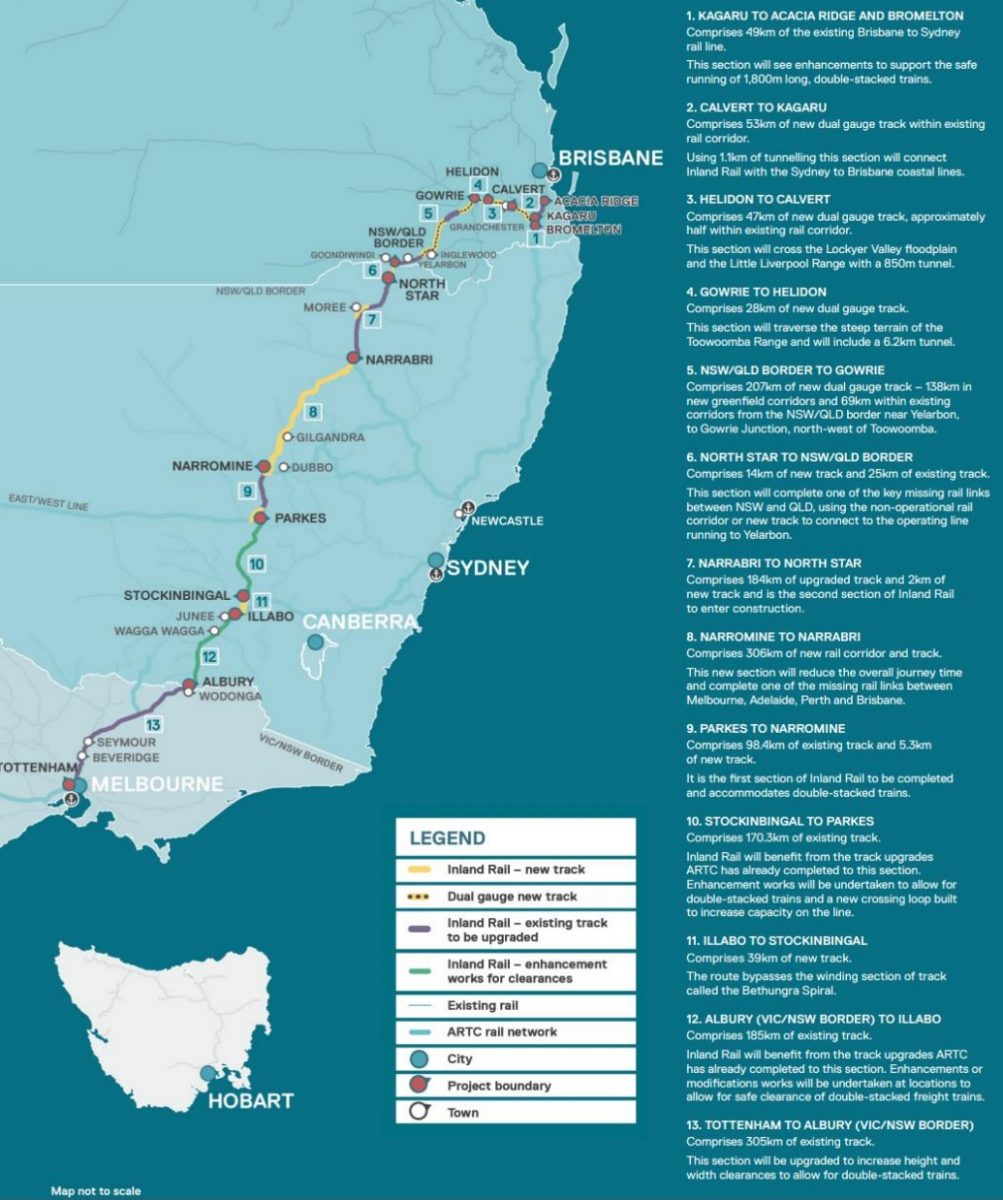
A map showing the route of the Inland Rail project. Image: ARTC.
In a statement shared with Region, Shadow Minister for International Development and the Pacific and Member for Riverina Michael McCormack urged the government to “stay the course” on the project.
He described it as a “transformational infrastructure project, which would reap benefits for residents and businesses not only along the 1700-kilometre Melbourne-to-Brisbane route – with a possible extension to Gladstone – but throughout the eastern Australian states and the nation’s international trading partners”.
“As the Deputy Prime Minster, I managed the signing of the intergovernmental agreements between the federal government and the three relevant state governments, two of which were Labor-led,” Mr McCormack said. “Local governments along the proposed route, including those throughout the Riverina and Central West, were keen to see this nation-building project proceed.
“This project not only delivers significant economic benefits to local communities, but it will also cut around 200,000 truck movements off our roads and reduce carbon emissions by 750,000 tonnes per year by 2050.”












